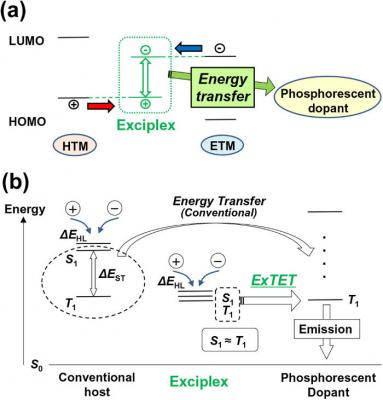Japan's Semiconductor Energy Laboratory (SEL) is developing several exciting OLED technologies, and the company demonstrated its latest panels at SID DisplayWeek. The recently published video below shows the company's OLED technologies shown at the event:
First up is the world's smallest 8K display, a 8.3" OLED (1058 PPI) with a resolution of 7680x4320. The panel is based on a white OLED with color filter architecture and SEL's proprietary CAAC-IGZO (c-axis aligned crystalline In-Ga-Zn-O) backplane material.
Next up SEL shows several foldable OLEDs, including a tri-foldable display that support touch. Then SEL demonstrated an OLED display with embedded organic photodiodes (placed within the OLED pixel matrix) - which enables the display to act as a fingerprint sensor, in any location on the display.
The video then shows the history timeline of display invention at SEL and some LCD displays. The video then shows SEL's 5291 PPI OLED display, that achieves a resolution of 1280x720 in a 0.28" display, using the company's CAAC-IGZO backplane (this is an OLED-on-silicon microdisplay).
The video also shows SEL's 0.62" 1280x720 2351 PPI OLED display that uses a white tandem-OLED architecture (stacked oxide semiconductor FETs) and microcavities.
In recent years SEL researchers developed several exciting new OLED materials, which will hopefully be commercialized in the future. In 2016 SEL announced the power-efficient TR-Hybrid displays (TR means Transmissive OLED and Reflective LC) that can switch between an OLED mode (for dark environments) and reflective LCD mode (for sunlight visibility).
In 2016, SEL also announced a new OLED device architecture that enables efficient, long-lasting and low-drive voltage OLEDs, at practical brightness levels - which could lead to a stable long-lasting efficient blue emitter. The so called exciplex-triplet energy transfer, or ExTET, architecture uses a film with an electron-transporting material (ETM) and a hole-transporting material (HTM), doped with a phosphorescent dopant. Direct recombination between the electrons at the LUMO level and the hole at the HOMO level forms a charge-transfer excited complex (exciplex) - and the phosphorescent emission occurs via energy transfer from the exciplex to the dopant.
Finally in 2018 SEL Researchers announced a novel Host-Guest system that drastically improves the lifetime of OLED emitters. The researchers reported that using this system, a deep-red phosphorescent emitter achieved 5.4 times longer the lifetime compared to the same emitter with a conventional system.


